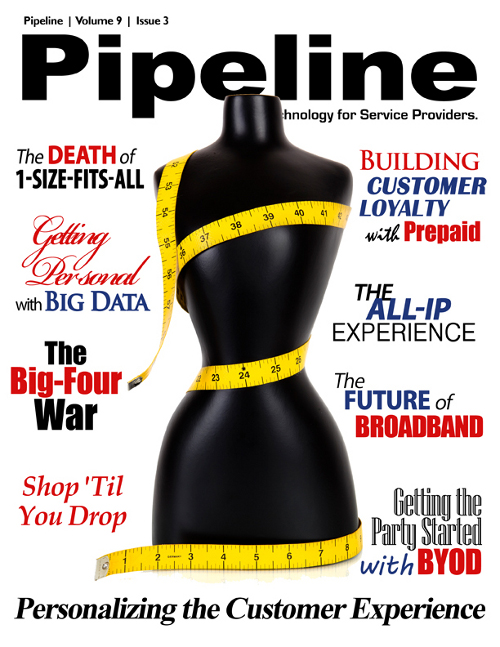One-Size is Dead: Personalization as a Business Imperative
For example, personalization is, in a way, a product catalog story. Solutions that centralize and productize the various services offered by a company into a centralized catalog, like those offered by Tribold and ConceptWave, help to enable easy and efficient pricing, provisioning, billing, etc.
It’s also a self-configuration/self-service story. In order for personalization to work, it needs to involve little active effort on the CSP side. Subscribers should be able to make changes through self-service portals, which should ideally be implemented automatically. “Providing the tools for customers to discover what they want, self-configure and set preferences is really important,” Cottam noted. “It’s then up to the CSP to make sure that preferences are acted upon.”
In addition, personalization is a policy control story. Policy control and management solutions (like those offered by CSG International, Comverse, and Openet) can ensure that each subscriber gets full access to those services to which he or she is entitled, and that those who haven’t included such services in their plans don’t get free rides. When personalization means picking which offerings and special features you want, policy controls are essential parts of that story.
It’s also a customer analytics story. The customer analytics-style CEM solutions (offered by Aito, Connectiva, and Comptel, to name a few) allow a better understanding of what customers are doing, which enables a better understanding of what they might like to do and how their services can be better personalized. Moreover, Aggarwal breaks out the concept of understanding customer behavior into three parts:
- Customer History: “[CSPs] need to obtain customer context on service, plan, products, bill, interaction history and devices for each specific customer.” CSPs should understand if the customer has multiple subscriptions across the various lines of business that the operator offers, and should make sure that the customer information is integrated into all relevant systems.
- Customer Preferences: CSPs should endeavor to understand how a customer prefers to interact with the provider across all channels and touchpoints in order to ensure a consistent response across preferred channels. “This requires investment into tools that ensure consistency across these touchpoints,” Aggarwal said.
Which lead to a third:
- Customer Anticipation: “Service providers need tools that monitor customer events across various systems to gain insight into customer behavior and anticipate issues,” said Aggarwal. When customers interact with the subscriber, whether purchasing new services or requesting support, “these events need to be constantly monitored and fed into intelligent engines to anticipate and determine the next best action for that specific customer,” said Aggarwal. If these interactions are monitored carefully enough, customer reactions can be anticipated and proactive steps can be taken to avoid negative customer interactions.




















